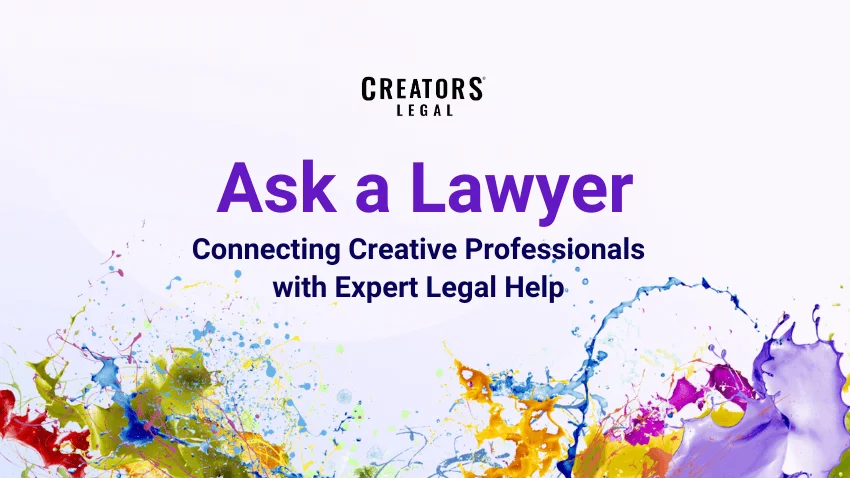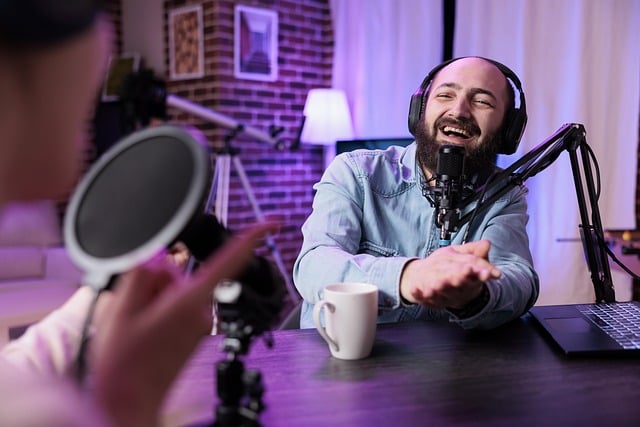Is your creative work truly your own?
The answer might not be as clear-cut as you believe. So, what creators need to know about fair use? Let’s dive into in.
Creating something new often involves navigating invisible lines that separate originality from infringement. At the heart of this challenging process is the concept of Fair Use a legal doctrine that’s vital for artistic expression and innovation. This guide sheds light on the ambiguous nature of what creators need to know about fair use. As a result, providing creators with the insights needed to manage legal risks and safeguard their creative projects.
We explore the critical elements of the Four Pillars of Fair Use, how these principles apply across different creative forms, and the common pitfalls that could trap the unwary. You’ll learn how to make choices that are informed by the nuances of Fair Use, fostering a space where creativity can flourish without crossing into the territory of the unlawful.
The Four Pillars of Fair Use: A Deep Dive
Analyzing the purpose and character of what creators need to know about fair use
When you repurpose existing material, assessing whether your use is transformative is crucial. Ask yourself if your work adds new expression, meaning, or message to the original. A transformative use often leans towards Fair Use, especially if it’s for commentary, criticism, or education rather than commercial purposes. For content creators, understanding transformative use is significant because it allows for the incorporation of third-party content to create new, original work that contributes to cultural dialogue.
Examining the nature of the copyrighted work
The distinction between factual and creative content is important in assessing the nature of the copyrighted work. Generally, the use of factual works—like a news report or a scientific article—is more likely to be favored under Fair Use than the use of highly creative works, such as novels or songs.
What creators need to know about fair use is to understand this nuance to better evaluate the risks associated with using various types of copyrighted material in their works.
Assessing the amount and substantiality of the portion used
The concept of “substantiality” is important when determining how much of the copyrighted work you’ve used. It’s about both quantity and the “heart” or most memorable aspects of a work, which are often considered substantial, regardless of their length. For instance, using a short, identifiable riff from a popular song could be more significant than using a longer, less recognizable segment.
Considering the effect on the market or value of the copyrighted work
Market harm is a critical factor in Fair Use considerations. If your work could serve as a substitute for the original, thereby affecting its sales or potential market, this could weigh against a Fair Use claim. what creators need to know about fair use is analyze whether their work could impact the demand for the original. Also, it could potentially reduce the incentive for the original creator to produce more work.
What creators need to know about fair use: Adapted Works on Social Media
Using copyrighted material, like performing a cover of a song or creating fan art, requires careful consideration of Fair Use principles. Each instance is unique and demands a deep understanding of the law.
Fair Use in Various Creative Mediums: What You Need to Know

Fair Use in digital media: Blogs, videos, and podcasts
The digital environment presents unique challenges and opportunities for Fair Use. When dealing with blogs, videos, and podcasts, it’s essential to address specifics such as the use of copyrighted images, clips, or soundbites. Creators must navigate these elements carefully, ensuring that their use qualifies as transformative and doesn’t substitute the original content.
Fair Use in the world of music and sound
Music creators often grapple with the boundaries of sampling, covers, and parodies. Sampling a piece of music without permission can be risky, but Fair Use may protect a sample if it’s used in a transformative way, such as in a parody. However, the line between homage and infringement can be thin, and understanding these nuances is crucial for musicians and sound artists.
Fair Use and visual arts: Photography, illustration, and graphic design
For visual artists, Fair Use can be particularly complex. Photography, illustration, and graphic design often involve the use of pre-existing images. Whether you’re creating a collage or referencing a famous artwork, you must consider how much of the original image is used and whether your work offers a new interpretation or critique that could be deemed transformative.
Misconceptions and Pitfalls: How to Avoid Common Fair Use Traps
What creators need to know about fair use: debunking myths that could put them at risk
Several myths about Fair Use can lead creators astray. For example, the belief that using less than 10% of a work automatically qualifies as Fair Use is false. Also, while educational use is more likely to be considered Fair Use, it’s not a blanket protection for all educational material.
Recognizing when permission is needed despite Fair Use claims
It’s essential to identify scenarios where Fair Use may not apply. For example, if the use isn’t transformative or if it competes with the original work, obtaining permission is the safer route. Understanding the limitations of Fair Use can help creators avoid legal disputes and the potential for copyright infringement.
What Creators Need to Know About Fair Use: Follow Proactive Steps and Best Practices
Documenting your Fair Use analysis
Keeping detailed records of your Fair Use analysis can be invaluable, especially if your use is challenged. Records should include:
- The nature and purpose of your use
- The amount and substantiality of the portion used
- Any market impact considerations
Seeking legal advice when in doubt
If you’re unsure about the legality of your use, consulting with a professional can provide clarity. While Creators Legal is not a law firm and does not provide legal services, seeking advice from a qualified attorney can help you navigate borderline cases where the application of Fair Use is unclear.
Creating original content: The safest route to avoid infringement
Encouraging creativity and innovation is not just a legal safeguard; it’s a core principle for successful content creation. By focusing on producing original work, creators can minimize the risk of infringement and foster a unique voice that stands out in their respective fields.
What creators need to know about fair use: The final takeaway
Understanding Fair Use is essential for creators who rely on existing material to create new works. The Four Pillars of Fair Use—the purpose and character of your use, the nature of the copyrighted material, the amount and substantiality of the portion taken, and the potential market impact—are critical considerations. They help creators make informed decisions that honor innovation while respecting original works.
Fair Use is a nuanced concept that adapts to each unique creative situation. As you develop your projects, consider the transformative nature of your work, the importance of the portions used, and the effect on the original’s market value. Originality should guide you, and when uncertainty arises, document your process and seek counsel to navigate ambiguous areas. The creative journey is filled with challenges, yet it also offers chances for growth and expression. The principles of Fair Use can illuminate your path, and remember, enduring art often results from a synthesis of inspiration and individuality.
With the correct information and resources, your journey as a creator can be successful, ensuring that your creations are both impactful and safeguarded. Your creativity has the potential to engage and inspire; protect it with the same dedication with which you create.








